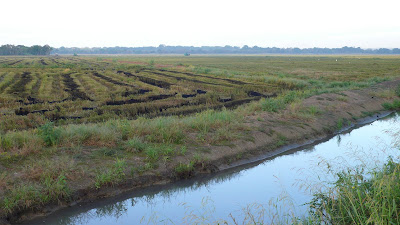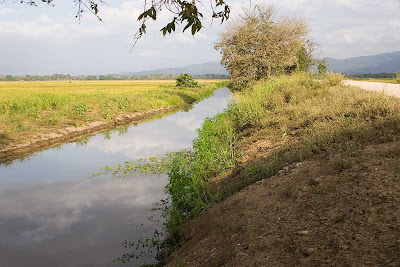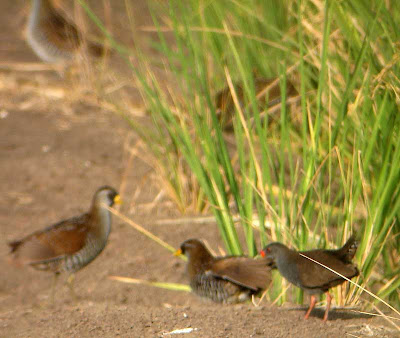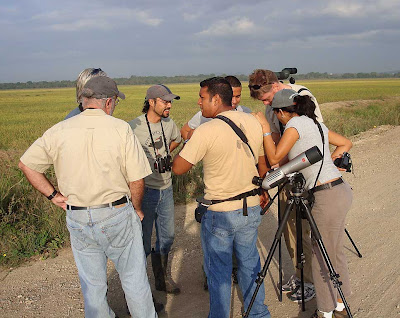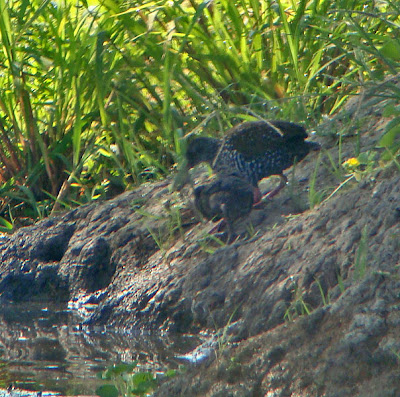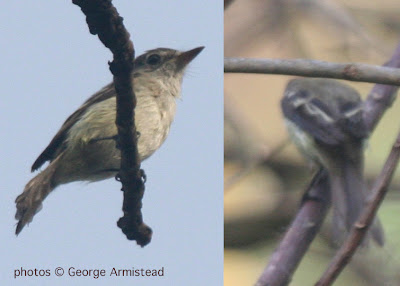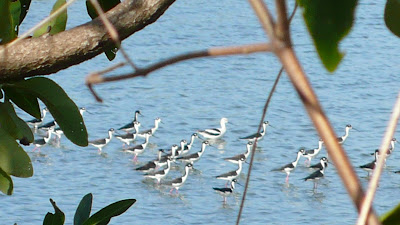Chris Benesh sent in the following report of Least Flycatcher, a rare vagrant to Central Panama: On March 5, 2008, I was birding at the Metro Park in Panama City with George Armistead, José Pérez (of Canopy Tower), and several Field Guides group participants. At one point mid morning, we encountered an active, small empidonax flycatcher calling in a small clearing there. The bird was giving a snappy "whit" note which immediately reminded me of Least Flycatcher. So I said, "oh, it's a Least Flycatcher." Both George and Jose were surprised and suggested it might be something else, owing to the fact that Least Flycatcher is meant to be rare in Panama. So I simply said, "well, it sure sounds like a Least Flycatcher." We were able to get a quick view of the bird which confirmed in my mind that it was indeed this species. The bird was in tattered, worn plumage, but was distinctively small and drab, lacking any strong greenish or yellowish tones. Ev...
.jpg)



